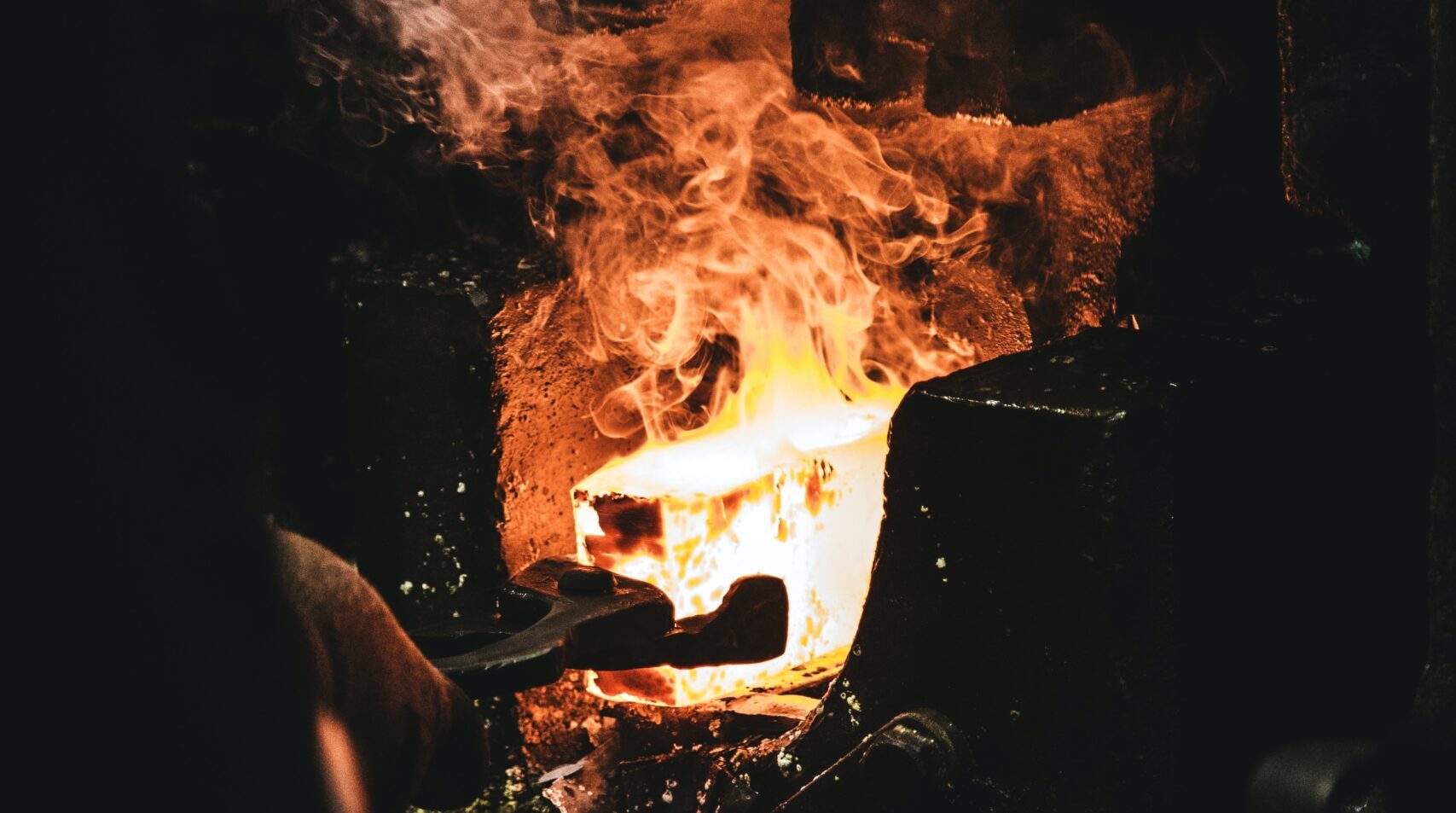Introduction
When it comes to shaping, sharpening, and refining knife blades, grinding belts are indispensable tools for knife makers and bladesmiths. These abrasive belts are designed to be used with belt grinders, providing efficient material removal and precise grinding capabilities. In this article, we will explore the different types of grinding belts available for knife makers and bladesmiths, as well as the grits and stages of knife making that each belt is suitable for.
Types of Belt Sander & Grinder Belts Useful For Knife Making
Grinding belts for knife makers and bladesmiths come in various materials, each with its unique characteristics and benefits. Here are some common types of grinding belts:
- Aluminum Oxide Sanding/Grinding Belts: Aluminum oxide belts are the most common type of grinding belts used in knife making. They are versatile and suitable for a wide range of materials, including carbon steel, stainless steel, and various alloys. Aluminum oxide belts are known for their durability and long life, making them a popular choice for general-purpose grinding and shaping tasks.
- Zirconia Alumina Sanding/Grinding Belts: Zirconia alumina belts are more aggressive and abrasive compared to aluminum oxide belts. They are ideal for heavy material removal, especially on hard metals and heat-treated steel. Zirconia belts are commonly used for shaping and grinding hardened knife blades, where a higher level of cutting power is required.
- Ceramic Sanding/Grinding Belts: Ceramic belts are known for their exceptional durability and heat resistance. They are highly effective in grinding hardened steels and alloys, making them a preferred choice for knife makers working with high-quality stainless steel or Damascus steel. Ceramic belts provide fast material removal and maintain their cutting efficiency even at high temperatures.
- Structured Abrasive Belts: Structured abrasive belts feature an abrasive surface with specially designed patterns. These patterns help to reduce heat buildup and prevent clogging, ensuring cooler and more efficient grinding. Structured abrasive belts are excellent for grinding exotic alloys, stainless steel, and heat-treated metals.
Grits of Belt Sanding/Grinder Belts and Their Uses
The grit of a grinding belt refers to the size of the abrasive particles on its surface. Different grits are used for various stages of knife making, from initial shaping to final polishing. Here are the common grits and their typical uses:
- Coarse Grits (36-80): Coarse grit belts are used for rapid material removal and initial shaping of the knife blade. They are effective in removing excess material, such as forging scale or rough shaping marks. Coarse grit belts are also suitable for repairing chips or reshaping the blade profile.
- Medium Grits (120-220): Medium grit belts are used for refining the shape of the blade, smoothing out rough surfaces, and preparing it for the final stages of grinding. These belts help in removing deeper scratches left by coarse grits and achieving a more refined and even surface.
- Fine Grits (320-600): Fine grit belts are used for fine-tuning the blade shape, removing small scratches, and preparing the blade for polishing. They provide a smoother finish and are suitable for achieving precise bevels and edges.
- Very Fine Grits (800-1200+): Very fine grit belts are used for the final stages of grinding and polishing. They are excellent for removing fine scratches, refining the blade surface, and achieving a mirror-like finish. Very fine grit belts help to bring out the full potential of the blade’s aesthetics and prepare it for the next steps of finishing and buffing.
It’s important to note that the specific grit progression and the number of belts used may vary depending on individual preferences and the desired outcome. Some knife makers may choose to use additional intermediate grits between the mentioned ranges to achieve the desired surface finish and edge sharpness.
Conclusion
Grinding belts are essential tools for knife makers and bladesmiths, enabling efficient material removal and precise shaping of knife blades. Understanding the different types of grinding belts and their specific uses can greatly enhance the knife making process and help achieve desired results. Whether it’s aluminum oxide belts for general-purpose grinding, zirconia alumina belts for heavy material removal, ceramic belts for grinding hardened steels, or structured abrasive belts for cool and efficient grinding, there is a wide range of options available to suit the specific needs of knife makers.
Pairing the appropriate grits with each stage of the knife making process is crucial for achieving the desired blade shape, surface finish, and edge sharpness. Coarse grits for initial shaping, medium grits for refining, fine grits for precision work, and very fine grits for final polishing all play a role in creating a high-quality knife.
By selecting the right grinding belts and using them skillfully, knife makers and bladesmiths can achieve professional-level results in their craft. Experimenting with different belt types and grits will allow you to discover the combination that works best for your specific knife making goals and preferred materials. With practice, patience, and the right grinding belts, you can create knives that are not only functional but also visually stunning.
